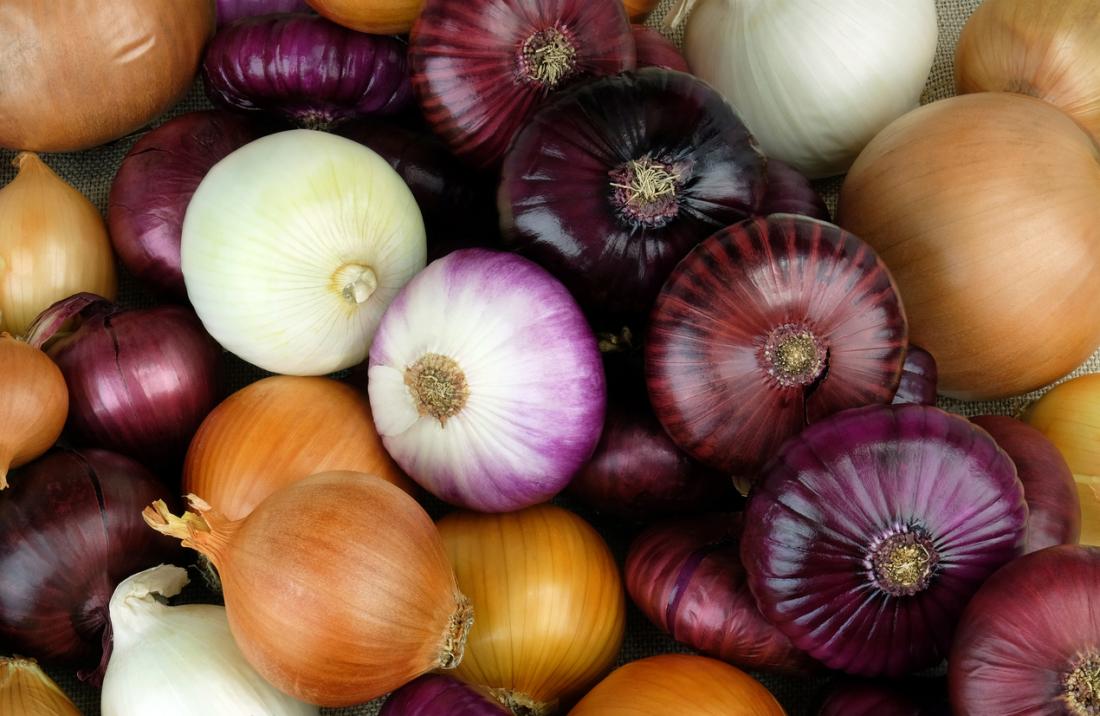1. Discuss the nutritional value of meats.
- In general, meats are prime sources of high quality protein. They are also high in trace minerals such as iron, and certain vitamins such as thiamin and niacin.
2. What are the recommended internal temperatures for safe cooking of the following types of food?
? Whole cuts of beef: 145 F
? Pork: 145 F
? Ground meat: 155 F
? Poultry: at least 165 F
3. Why should ground beef be cooked to a higher internal temperature than whole cuts of beef?
- Because the beef is ground up, bacteria can penetrate throughout the meat. Bacteria would only be on the outside of whole cuts.
4. You are cooking a steak for guests. To ensure food safety, you take the temperature of the internal part of the steak and find that it is lower than the recommended temperature. What should you do?
- Keep cooking until the recommended temperature is reached!
5. Name four types of dry heat cooking methods for meat and poultry.
? grilling
? roasting
? broiling
? barbequing
6. In general, what types of meat can be cooked by dry heat methods?
- Tender cuts of meat
7. Name four types of moist heat cooking methods for meat and poultry.
? boiling
? simmering, stewing
? steaming
? poaching
? braising
? blanching
8. In general, what types of meat can be cooked by moist heat methods?
- Tough cuts of meat generally require moist heat cooking. Tender cuts could also be cooked by moist heat methods.
9. What factors determine the tenderness of uncooked cuts of meat?
- Amount of connective tissue/collagen; also, the length of muscle fibers
10. Describe the following cooking methods, being sure to indicate how they differ from each other.
? pan broiling: cooking in a pan over direct heat; no liquid added
? pan frying: cooking in a pan with fat over direct heat; no water added
? braising: cooking in a pan with fat and then adding water
11. Describe two strategies to tenderize tougher cuts of meat.
1) cut or grind the meat
2) tenderize chemically by using an enzyme such as a proteolytic enzyme to break down the muscle fiber protein
3) tenderize mechanically by beating on the meat to break down connective tissue
4) marinate the meat
5) choose a moist heat cooking method
12. What is the effect of marinating meat on tenderness? Why?
- Marinating tenderizes meat because ingredients in the marinade (e.g. acid/lemon juice) break down muscle fibers.
13. Why is fish quicker to cook than red meats?
- Fish contains less collagen/connective tissue; also, the muscle fibers are shorter.
14. How do you know when fish is done?
- The fish will flake easily.
15. How do the protein and fat contents of fish and poultry compare with those of beef, veal, lamb, and pork?
- Fish and poultry are generally lower in fat and comparable in protein quality.
16. According to current recommendations, how many times a week should people in general eat fish? Why is this recommended?
- Recommendations are to eat fish two to three times a week to get beneficial omega-3 fatty acids. These are associated with lowering risk for heart disease.




Be the first to comment on "16 Questions on Meat, Poultry, Fish"